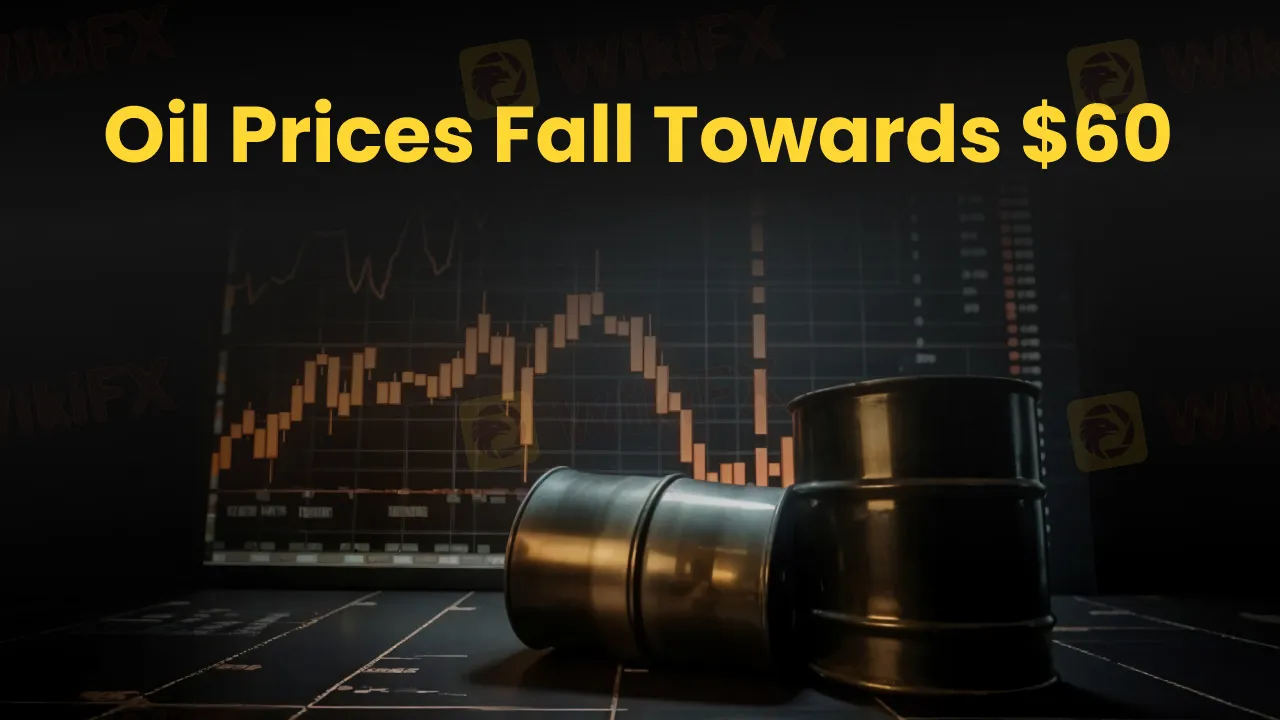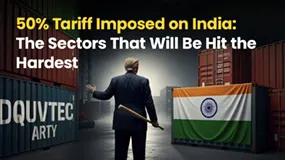简体中文
繁體中文
English
Pусский
日本語
ภาษาไทย
Tiếng Việt
Bahasa Indonesia
Español
हिन्दी
Filippiiniläinen
Français
Deutsch
Português
Türkçe
한국어
العربية
Oil Prices Drop as OPEC+ Pauses Supply Hikes Amid Oversupply Fears
Abstract:Oil prices fell as OPEC+ paused supply hikes for early 2026, fueling oversupply concerns. A stronger U.S. dollar added to pressure on WTI crude.

Oil prices fell as OPEC+ paused supply hikes for early 2026, fueling oversupply concerns. A stronger U.S. dollar added to pressure on WTI crude.
Oil prices fell on Tuesday morning as growing concerns about oversupply weighed on the market, following OPECs decision to pause its planned supply increases. A stronger U.S. dollar also contributed to the decline, making oil more expensive for buyers using other currencies.
As of 8:44 a.m. ET, West Texas Intermediate (WTI) Crude, the U.S. benchmark, traded down 1.44% at $60.17 per barrel, hovering near the sub-$60 level it reached two weeks ago after Washington imposed sanctions on Russia‘s largest oil companies, Rosneft and Lukoil. The pullback came after a weak trading session on Monday as investors assessed the implications of OPEC’s latest production stance.
OPEC+ Pauses Supply Hikes Amid Weak Demand Outlook
On Sunday, eight OPEC+ producers that had been gradually restoring their production cuts announced a pause in output hikes for the first quarter of 2026. The decision follows a modest production increase scheduled for December.
Citing “seasonality” and typically weaker demand in the first quarter, OPEC said production levels would remain unchanged through January, February, and March. The move signals growing caution among producers amid signs of potential oversupply in the global oil market.
“(The) market may see this as the first sign of acknowledgement of potential oversupply situation from the OPEC+ front, who have so far remained very bullish on demand trends and ability of market to absorb the extra barrels,” said Suvro Sarkar, energy sector team lead at DBS Bank, in an interview with Reuters on Tuesday.
Mixed Messaging from OPEC+ Members
While the pause in output hikes suggests OPEC+ is taking a more cautious stance, member countries continue to publicly express optimism about the markets ability to absorb additional supply.
UAE Energy Minister Suhail Al Mazrouei rejected the notion of a supply glut, stating, “I‘m not going to talk about an oversupply scenario. I can’t see that.”
Analysts, however, note that OPECs restraint likely aims to prevent a price collapse should global demand weaken further or inventories rise.
Stronger U.S. Dollar Deepens Oil Price Pressure
The U.S. dollars strength added another layer of downward pressure on oil prices. Since crude is priced in dollars, a stronger greenback makes it more costly for holders of other currencies, reducing overall demand.
Market participants are also watching for clues from the Federal Reserves policy outlook, as expectations for prolonged higher interest rates continue to support the dollar and weigh on commodity prices.
Oil traders will closely monitor upcoming inventory reports and economic indicators for signs of demand resilience. While OPEC+ maintains a publicly bullish stance, its recent decision to freeze supply hikes underscores the growing anxiety about global oversupply risks and seasonal demand weakness heading into early 2026.

Disclaimer:
The views in this article only represent the author's personal views, and do not constitute investment advice on this platform. This platform does not guarantee the accuracy, completeness and timeliness of the information in the article, and will not be liable for any loss caused by the use of or reliance on the information in the article.
Read more

Oil Prices Drop as OPEC+ Considers Raising Production
Oil prices fell sharply this week as traders worried that OPEC+ might decide to pump more oil into the market at its upcoming meeting.

50% Tariff Imposed on India: The Sectors That Will Be Hit the Hardest
Finally, the day (August 27, 2025) arrived that India did not want. The imposition of 50% tariff by the US administration on most products exported from India. As per the US, the tariff is largely due to India continuing to purchase Russian oil. The extra 25% duty was added over 25% imposed at the beginning of August 2025 as India refused to stop purchasing Russian crude and defence hardware. Check out the sectors that will be hit the hardest with this tariff increase.

GemForex | Crude Oil (WTI)
Crude Oil (WTI) - Rebound in the offing?

Oil inches higher as OPEC meetings continue
A stronger than expected payroll report last Friday pushed equity markets to another all-time high. The U.S. economy added 850,000 new jobs during June when the consensus expected 700,000. Whilst the headline number looks good, there’s plenty to be worried about under the hood, as the new jobs are mostly in those sectors of the economy that have reopened. For instance, the leisure and hospitality sectors added 343,000 new jobs, education around 269,000, and the retail sector 67,000. These add up to around 80% of the total; this is great at first glance but not in the long run since these sectors do not drive the productivity or wage growth required for sustainable expansion. In particular, the U.S. economy is 70% consumer driven, which emphasizes the importance of a healthy and wealthy labor market. With the country still 7 million jobs short of pre-pandemic levels and most of the recovery happening in low-paying and low-productivity sectors, there is still a long way to go before the
WikiFX Broker
Latest News
Stonefort Broker Review 2025: Legit or Risky? A Complete Analysis
Quantower Review 2025: User Reviews and Complaints in India
Uniglobe Markets Review 2025: A Safe Broker or a High-Risk Scam?
CHINA BEST Broker Review: Regulation and Risks
TD Markets Exposed: Price Manipulation, Withdrawal Issues & False Promises Hurt Traders
Bank of England holds rates steady in narrow vote ahead of Autumn Budget
BingX Review: Traders Angry Over Withdrawal Denials, Account Blocks & More
Op-ed: The fuel for the AI boom driving the markets is advertising. It is also an existential risk.
PINAKINE Broker India Review 2025: A Complete Guide to Safety and Services
The United States Outgrows All Its Major Peers
Currency Calculator



